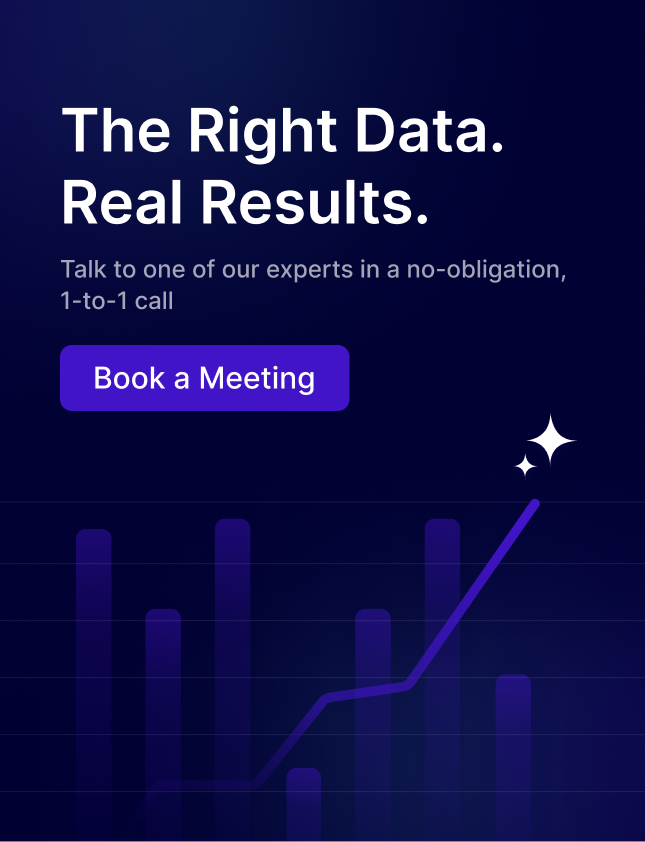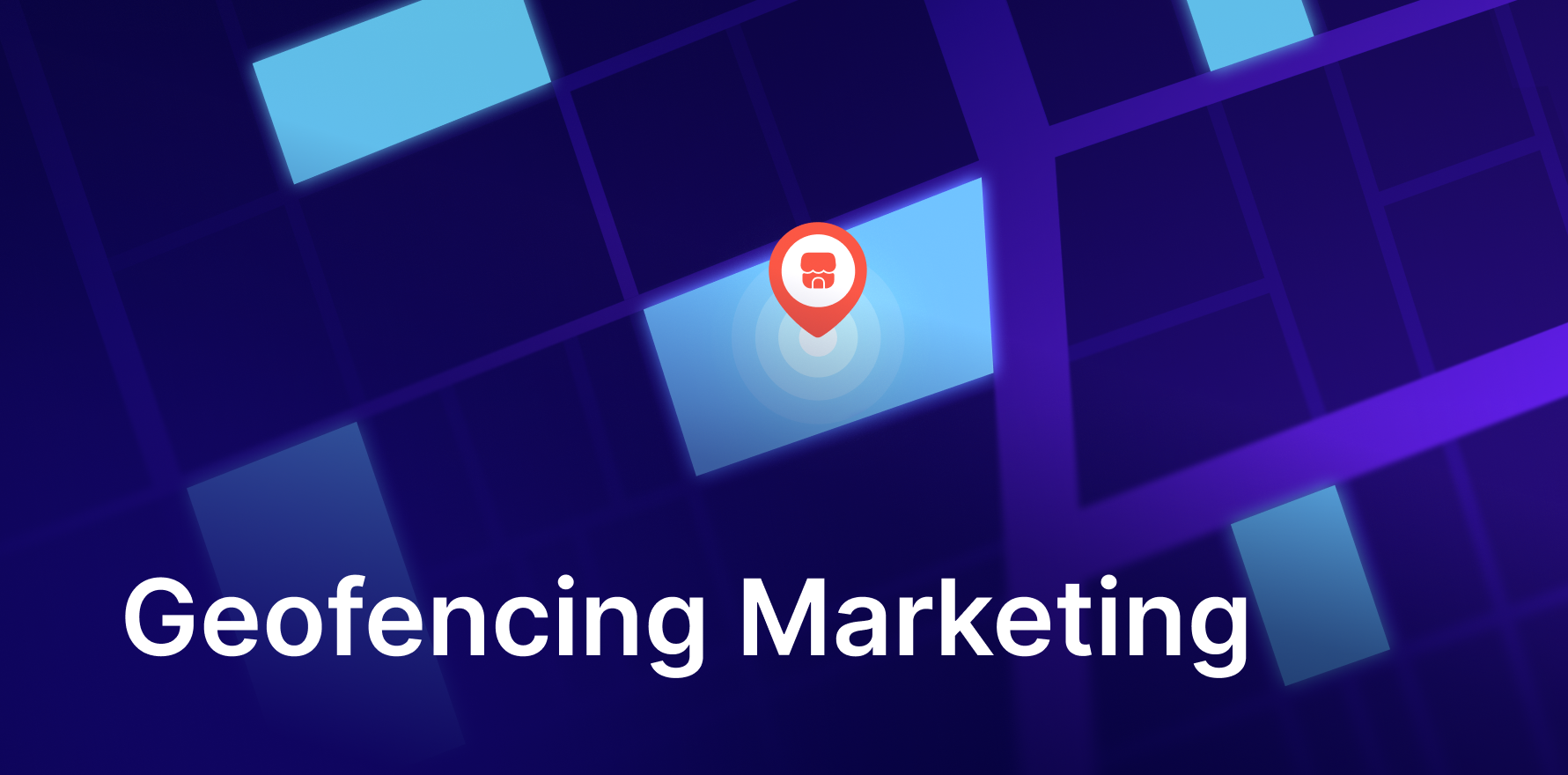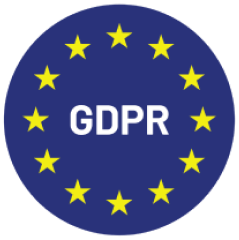People data has become an invaluable resource for businesses across various industries. It allows companies to gain deeper insights into customer behavior, improve decision-making, and tailor strategies to specific audience segments.
Below, we explore some of the most impactful use cases of people data across different sectors.
Key Use Cases of People Data Across Industries
1) Marketing and Advertising
a) Precision Targeting
People data allows marketers to finely tune their audience segmentation. By categorizing consumers based on demographics, behaviors, and preferences, marketers can craft highly targeted campaigns that resonate with specific groups. This precision targeting leads to increased engagement and more effective advertising efforts.
b) Enhanced Personalization
Marketers can use people data to deliver highly personalized experiences. Whether through tailored content, customized offers, or relevant product recommendations, personalization driven by people data enhances customer satisfaction and boosts conversion rates.
Example –
A consumer electronics brand recently launched a new product line and enriched its CRM to identify early adopters among younger age groups. By tailoring campaigns to this segment, the brand achieved a 10% increase in new customer acquisition and a 20% boost in additional accounts.
2) Retail and E-commerce
a) Optimizing Customer Experience
Retailers leverage people data to create personalized shopping experiences. By understanding consumer preferences and behaviors, they can offer product suggestions, personalized promotions, and a more seamless shopping journey. This tailored approach not only improves customer satisfaction but also drives sales.
b) Footfall Analysis
Retailers use people data to analyze foot traffic patterns across different locations. By understanding when and where customers are most active, retailers can optimize store layouts, staffing, and inventory management, ultimately enhancing the overall customer experience.
Example –
A retail brand enriched its customer base with people data, gaining deeper insights into shopping habits, age groups, and purchase propensity. This allowed them to target audiences more effectively, resulting in a 22% higher click-through rate and an additional 20+ daily orders.
3) Financial Services
a) Risk Management
In financial services, people data plays a crucial role in assessing the risk profiles of individuals. By analyzing a combination of demographic and behavioral data, financial institutions can make more informed decisions when it comes to lending, credit approvals, and insurance policies.
b) Predictive Sales Analysis
Financial institutions use people data to predict consumer spending habits and sales trends. By analyzing past behaviors and current patterns, they can forecast future sales and make more accurate financial planning decisions.
Example –
A regional bank recently utilized Factori’s People Data in its lending process by incorporating lifestyle and income insights alongside traditional credit checks. This helped them profile borrowers more accurately and cut loan defaults by 12%, showing the impact of reliable, high-quality data.
4) Healthcare
a) Personalized Patient Care
Healthcare providers use people data to offer personalized care tailored to an individual’s medical history, lifestyle, and preferences. This data-driven approach ensures that patients receive the most effective treatments and care plans.
Example –
A wellness clinic used lifestyle insights such as diet and activity levels alongside patient history to create personalized treatment plans, leading to a 20% improvement in patient adherence.
b) Population Health Insights
People data is essential for managing population health. By analyzing demographic and behavioral data, healthcare providers can identify health trends, predict potential outbreaks, and allocate resources more effectively.
Example –
A public health agency analyzed regional demographic patterns to anticipate a flu outbreak and allocate vaccines 15% more efficiently, reducing pressure on hospitals.
5) Human Resources
a) Talent Acquisition
HR departments utilize people data to enhance their recruitment strategies. By understanding the skills, experience, and cultural fit of potential candidates, they can identify and attract top talent more effectively.
b) Boosting Employee Engagement
People data helps HR teams monitor employee engagement levels and satisfaction. By analyzing this data, they can develop strategies to improve workplace culture, productivity, and employee retention.
Example –
A retail company analyzed employee engagement surveys and productivity trends to identify departments with high burnout risk. By introducing flexible scheduling and targeted wellness programs, they saw a 15% increase in employee satisfaction and reduced turnover in critical roles.
6) Government and Public Sector
a) Optimizing Public Services
Governments use people data to tailor public services to the needs of different population segments. By understanding the demographics and behaviors of their citizens, they can ensure that resources are allocated efficiently and programs are effectively delivered.
b) Data-Driven Policy Development
People data informs the development of policies by providing insights into citizen needs, preferences, and behaviors. This data-driven approach enables governments to craft policies that are more aligned with the realities of their populations.
6)Travel and Hospitality
Travel and hospitality brands use people data to segment frequent travelers or those taking yearly holidays. This understanding helps them create more personalized and direct campaigns.
Example –
A leading travel customer leveraged our people data to target winter-break travelers. By segmenting customers by age group and travel behavior, they launched personalized campaigns that drove a 25% increase in bookings and 5% new customer acquisition.
7) Gaming
Gaming companies increasingly rely on people’s data to deliver personalized and immersive experiences. By analyzing player demographics and behaviors, they can identify premium customer segments, target the right audiences for new releases, and predict which players are most likely to invest in premium features or in-game purchases
Example –
A gaming brand used people data to identify players, based on demographics and behavior, who frequently purchased new credits and tried out feature releases early. By targeting this segment with hyper-personalized campaigns, the brand boosted retention rates and attracted new gamers to its platform.
Note – Factori’s Free People Data Sample along with its attributes. Please check!
As businesses and governments continue to recognize its value, the strategic use of people data will remain a cornerstone of success in an increasingly data-driven world. Read more about people data and its future trends.
Conclusion
People data is a powerful tool that drives innovation and efficiency across industries. Whether it’s enhancing customer experiences, improving financial risk assessments, personalizing healthcare, or optimizing public services, the applications of people data are vast and varied. Factori provides people data as a dataset.
As technology evolves, how people’s data is collected, managed, and utilized will continue to advance, offering new opportunities and challenges. Staying informed about these trends will be crucial for any organization looking to thrive in a data-driven world.
You may also like










